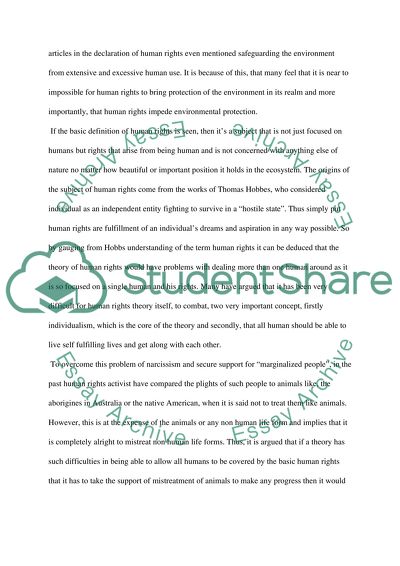Cite this document
(“Can the environment be assisted by the protection offered by human Dissertation”, n.d.)
Retrieved from https://studentshare.org/environmental-studies/1419073-can-the-environment-be-assisted-by-the-protection-offered-by-human-rights
Retrieved from https://studentshare.org/environmental-studies/1419073-can-the-environment-be-assisted-by-the-protection-offered-by-human-rights
(Can the Environment Be Assisted by the Protection Offered by Human Dissertation)
https://studentshare.org/environmental-studies/1419073-can-the-environment-be-assisted-by-the-protection-offered-by-human-rights.
https://studentshare.org/environmental-studies/1419073-can-the-environment-be-assisted-by-the-protection-offered-by-human-rights.
“Can the Environment Be Assisted by the Protection Offered by Human Dissertation”, n.d. https://studentshare.org/environmental-studies/1419073-can-the-environment-be-assisted-by-the-protection-offered-by-human-rights.


